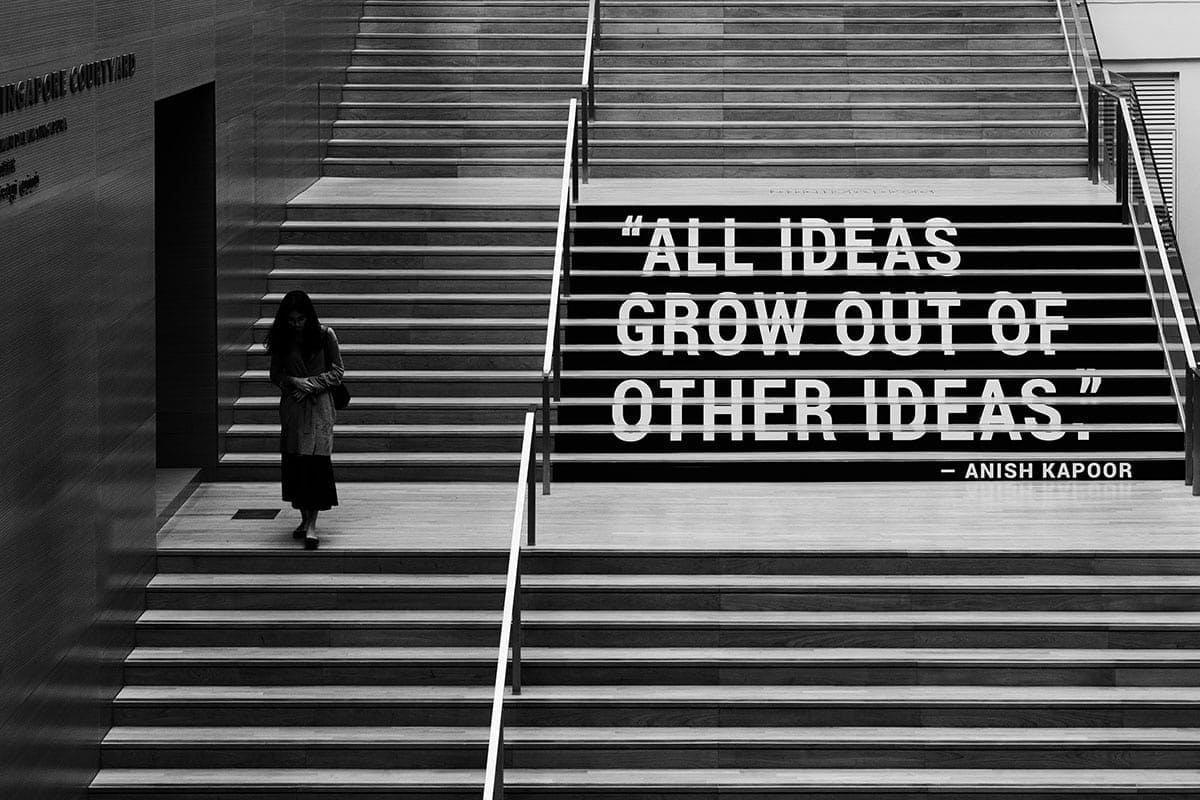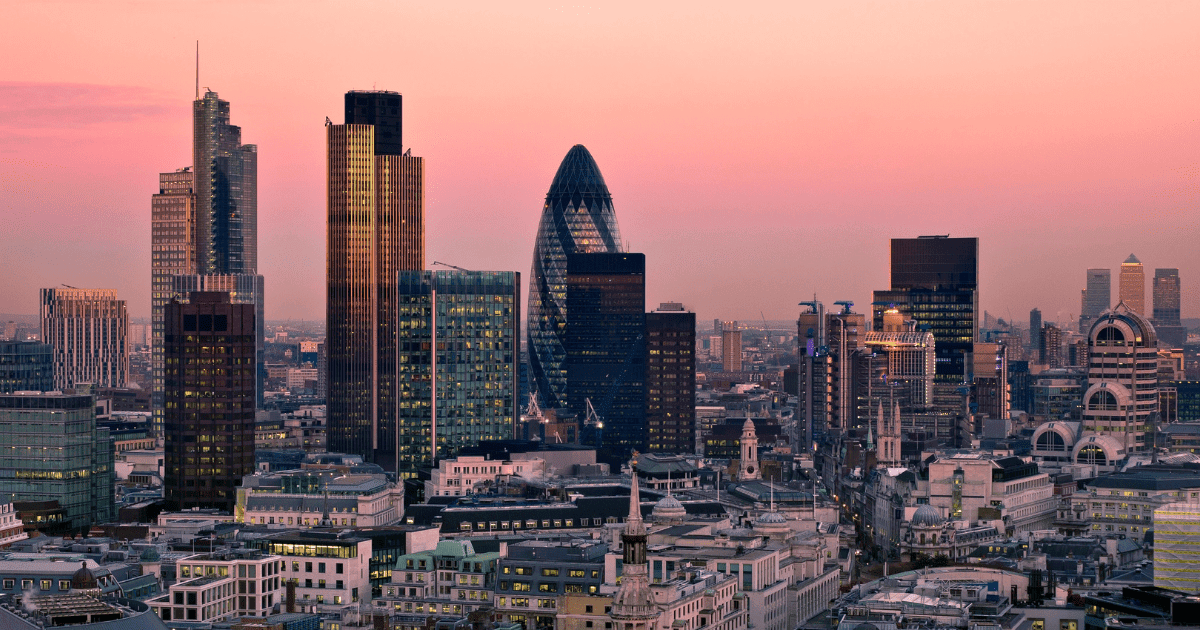
Thought
CSR to ESG: an evolution
We’re used to hearing about Corporate Social Responsibility (CSR), it’s been around for years, but when did being responsible turn into something much more for the built environment?
Many years ago now, I began my career at Business in the Community, and so my journey (eventually) into sustainability. Even then, as one of the Princes Trust charities, the message was loud and clear – the biggest and best companies were all talking about CSR.
“…theideathat acompanyshould beinterestedin andwillingtohelpsocietyand theenvironmentas well as beconcernedabout theproductsandprofitsit makes.”
Cambridge Dictionary
But at that point, when we talked about ‘the environment’, we were talking about recycling and waste, not really about the physical building. Being environmentally responsible still seemed a fairly new concept when compared to diversity and inclusion or, local communities or ethics.
‘Green wash’
After a segway into other countries and sectors, about eight years ago, I found myself working for a large construction company and landed smack in the age of Health and Safety. CSR was evolving into charitable events and effective communications with local communities. People before profit.
I’m not sure I ever heard about sustainability. The key word then, I suppose, was ‘green’. In doubt? Want to charge more money? What to sound innovative? Say it’s green.
“Also known as “greensheen,” greenwashing is an attempt to capitalize on the growing demand for products that are environmentally sound.”
Investopedia
But no one was really willing to pay for it yet. Green projects or proposals had to be taken to the Board, and you had to justify the business case and show the return on investment. Only the leading companies had a team who worked on it, and even then, it was probably only one person.
At the same time there were companies dressing up services or initiatives that were environmentally friendly and ‘green’ without any real substance to whether they actually were or not.
The business case for sustainability
It wasn’t until a few years later, when I joined UKGBC that the momentum really picked up. The early adopters and the pioneers of the green building agenda were no longer content to justsaythey were doing something, they wanted to really show they were walking the talk. They were really doing what they said they were doing, and they wanted to prove it to you.
Increasingly, more companies were realising that there was in fact a business case for green, and it wasn’t just about making more money.
“A built environment that enables people and planet to thrive…”
UKGBC
As soon as the penny started dropping on the long-term benefits of building green and of retrofitting existing buildings (giving them a new lease of life!), the conversation really began. Suddenly, it wasn’t just about green, it was about sustainability.
I believe that a huge part of getting the sustainability conversation more mainstream in the built environment sector, was health and wellbeing.
Here was the real business case for those lagging behind – happier, healthier staff who stayed with the company longer, had less time off, were more productive and therefore made the business more profitable. There’s the hook.
An ESG (re)evolution
Since joining EVORA two years ago, I’ve seen the biggest shift in opinion. Not just in the industry, but the whole conversation of sustainability, responsibility to the environment and climate change.
“ESG stands for Environmental Social and Governance, and refers to the three key factors when measuring the sustainability and ethical impact of an investment in a business or company.”
Market Business News
As consumers and customers wake up to the state of our planet and the environment, the pressure on companies to act in a responsible way has really ramped up. But what does this mean for the built environment?
People are beginning to insist that the built environment in which they live, work, shop and spend much of their time, puts their health and wellbeing – as well as the future of the planet – at the heart of everything. And it’s not just about the places; increasingly, people are making their decisions on who to do business with, based on a company’s green and ethical practices.
A recent study found thatnearly two-thirds (64%) of millennials said ESG issues are important in their investing decisions with Gen Xers not far behind at 54% and Baby Boomers at 42%. In addition, majorities across all generations say ESG is a key factor in which companies they choose to do business with.
With this in mind, ESG is going to play a critical role in how the built environment is managed going forwards. From inception, through design, build, occupation and disposal. ESG needs to be fully embedded into an organisation’s decision-making. Those that fail to integrate ESG into their practices face the risk of finding themselves obsolete in the future. ESG is here to stay and will be at the forefront of tackling climate change and ensuring a sustainable future.













